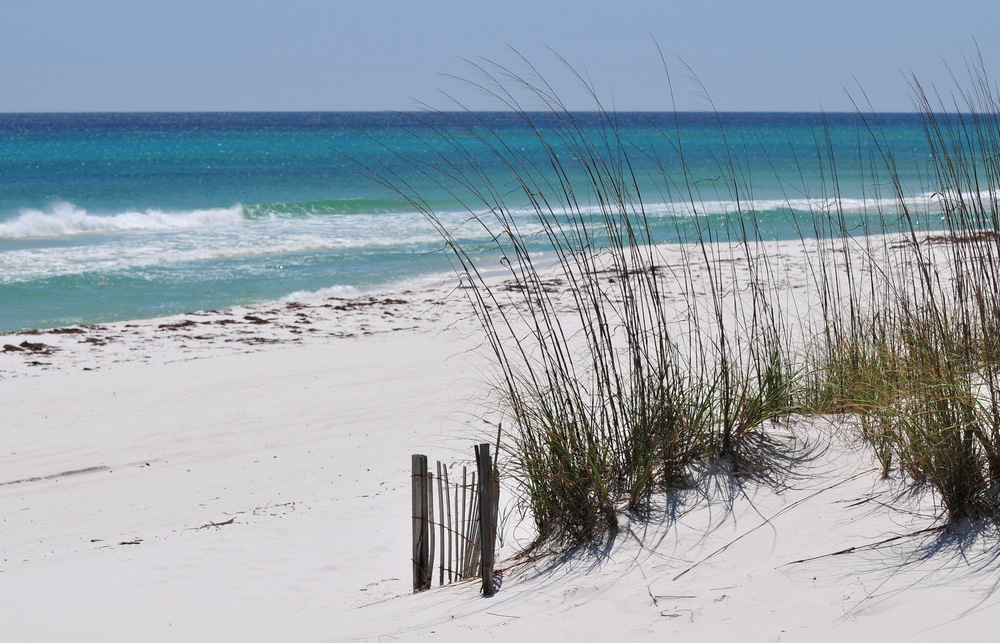What Is Sand?

Sand is a loose granular material blanketing the beaches, riverbeds and deserts of the world.
Composed of different materials that vary depending on location, sand comes in an array of colors including white, black, green and even pink.
The most common component of sand is silicon dioxide in the form of quartz. The Earth's landmasses are made up of rocks and minerals, including quartz, feldspar and mica.
Weathering processes — such as wind, rain and freezing/thawing cycles — break down these rocks and minerals into smaller grains.
Unlike some other minerals, quartz is hard, insoluble in water and doesn't decompose easily from the weathering processes. Streams, rivers and wind transport quartz particles to the seashore, where the quartz accumulates as light-colored beach sand. (Although continental sand is composed mostly of quartz, it also contains bits of feldspar and other rock fragments.)
Tropical islands, such as the Hawaiian Islands, don't have a rich source of quartz, so the sand is different in those locations. The beach sand on tropical islands often looks white because it is made up of calcium carbonate, which comes from the shells and skeletons of reef-living marine organisms, including corals, mollusks and microorganisms called foraminifera.
Sand forms when the reef breaks down, either by mechanical forces — such as waves and currents — or from bio-erosion caused by grazing fish, urchins and other marine life. The famous pink sand of Bermuda is also composed of eroded calcium carbonate; the sand gets its ruddy hue from the abundant red foraminifera, Homotrema rubrum.
Get the world’s most fascinating discoveries delivered straight to your inbox.
Tropical beaches may also have black sand, which is composed of black volcanic glass. Sometimes, erosive forces separate the mineral olivine from other volcanic fragments, leading to green sand beaches, such as Hawaii's Papakōlea Beach.
Surprisingly little is known about the origin of the copious sand in the world's largest deserts. Research suggests that the Sahara Desert was once lush with vegetation before a change in climate turned it into a desert, part of which is covered in sand. On the other hand, the sand in the Namib Desert in southern Africa may have been blown in by wind from the Orange River in South Africa.
Follow Joseph Castro on Twitter. Follow us @livescience, Facebook & Google+.



